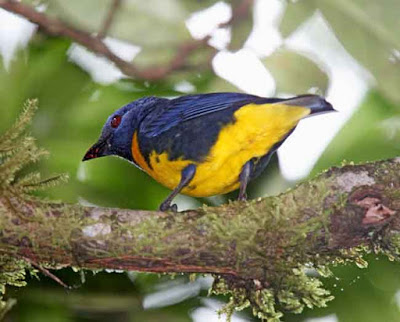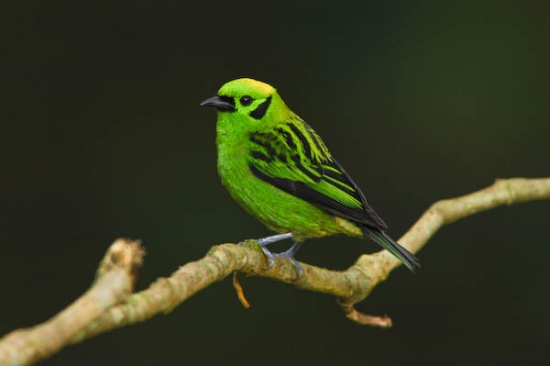Costa Rica Travel – In the last column, I described the first part of a January trip to Costa Rica that my wife and I took along with four friends. I’ll give the highlights of the rest of the trip today.
 We departed westward from the tropical rainforests in La Selva to higher elevation. En route, we passed many cow pastures with cattle egrets, great-tailed grackles and an occasional crested caracara consorting with the bovines.
We departed westward from the tropical rainforests in La Selva to higher elevation. En route, we passed many cow pastures with cattle egrets, great-tailed grackles and an occasional crested caracara consorting with the bovines.
Ultimately, we arrived at the Arenal Observatory Lodge. The lodge is at the base of the Arenal Volcano, the youngest and most active volcano in Costa Rica. Standing nearly 5,400 feet high, this cone-shaped volcano is a wonder to behold. Steam and other gases emanate from several craters. The last eruption was in 2010.
The lodge has an expansive deck with chairs with a full view of the volcano. It’s also a great platform for birding. A fig tree only 30 feet away is a magnet for many fruit-eating birds. The lodge staff also puts out fruit on a large feeder to attract birds.
The highlight was the diversity of tanagers, each seemingly more colorful and beautiful than the next. You can get an idea of the colors from the names: blue-gray tanager, blue-and-gold tanager, crimson-collared tanager, emerald tanager, silver-throated tanager, golden-hooded tanager, green honeycreeper and my favorite, the bay-headed tanager.
Montezuma’s oropendolas, large members of the blackbird family, were abundant. The males continually performed their bow display. From a perch on a branch, a male rotates on the perch to put its head down and tail sticking up, all the while giving a metallic gurgle.
From the deck we had great looks at a Great curassow, a distinctive ground-dwelling bird as well as a black-and-white becard. Delightful long-nosed coatis, a raccoon relative, roamed around in small packs.
We hired a guide to take us on an early morning walk along some of the many trails and roads of the Lodge property. The highlight was a yellow-eared toucanet. Our guide had not seen one at Arenal in over a year. Other goodies included a laughing falcon, a violet-headed hummingbird, blue-black grosbeaks and a black-cowled oriole.
We departed Arenal for three days in Monteverde, one of the most popular birding sites in Costa Rica. This area has some large tracts of cloud forest with a distinctive bird fauna.
We hired a guide in the morning. Usually the cloud forest is foggy with water dripping from the trees. The weather was clear and dry.
We enjoyed the beautiful songs of ochraceous wrens and gray-breasted wood wrens, eventually getting a good look at each. An Azure-hooded jay gave us great looks. Slate-throated redstarts darted around at eye-level.
We heard the dry trill of a silvery-fronted tapaculo, a small songbird that mostly forages on the forest floor. Our guide told us that seeing one of these birds is extremely difficult. The highlight of the walk was a sighting of a male resplendent quetzal in the top of an avocado tree, calmly digesting avocados. With an iridescent emerald-green head, back and chest, red belly and a long tail with green and white feathers, the quetzal is the national bird of Guatemala as well as the name of its currency.
Some of us went on an afternoon walk on our own. I saw a silvery-fronted tapaculo flitting on the ground. I was ecstatic!
At the Café Calibri just outside the reserve, hummingbirds visit the many feeders. We saw seven species, including the stunning violet sabrewing and green hermit.
BY HERB WILSON, Portland Press Herald
Herb Wilson teaches ornithology and other biology courses at Colby College. He welcomes reader comments and questions at
whwilson@colby.edu

